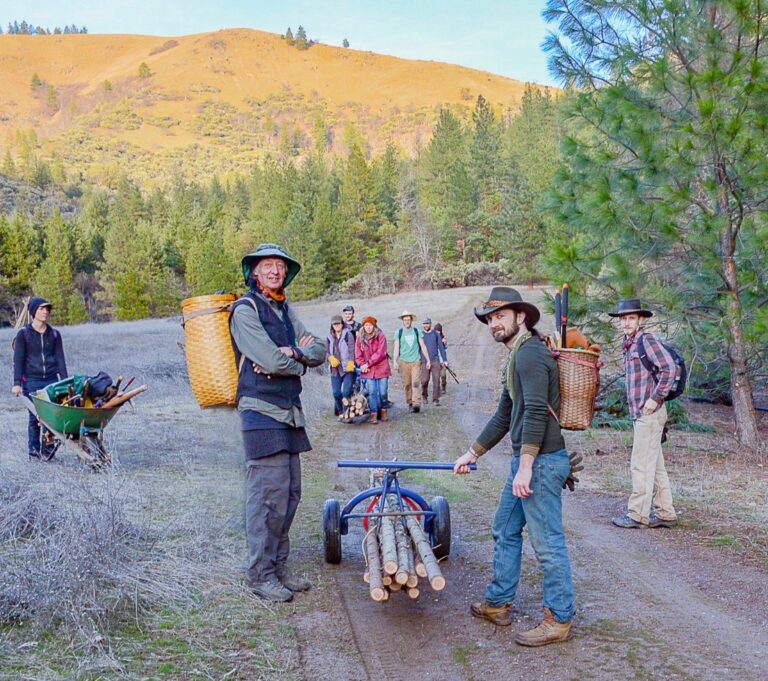
Woodland Fire Risk Mitigation & Ecosystem Restoration
The content in this post was written by PINA & Siskiyou Permaculture on the PINA website . We found it so interesting, we wanted to share! It is reprinted with their permission. Fire Ecology Restoration Project PINA has received a $75,000 grant to research improved methods of wildfire risk mitigation in relation to forest health. Our restoration forestry practices will










